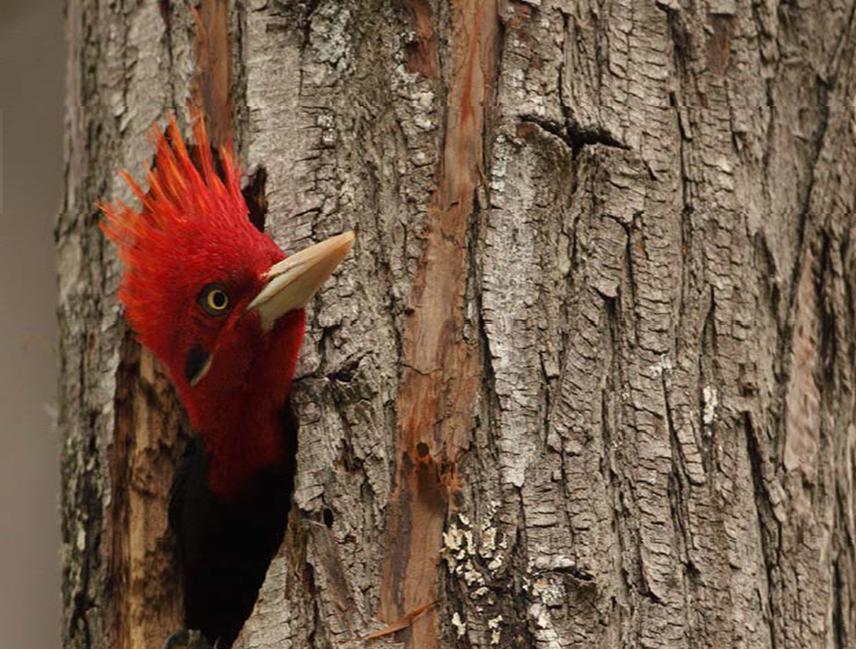Natalia Politi
Other projects
29 Aug 2006
Using Cavity-Nesters to Inform Sustainable Forestry in the Montane Forests of Argentina
The goal of this conservation project is to use information about habitat requirements of woodpeckers and cavity dynamics to inform management decisions in piedmont forests of North-western Argentina.

Most of the piedmont forest of North-western Argentina (estimates range from 50-90%) has already been transformed to agricultural fields. Protected areas are an essential tool for conservation, but because only a small fraction of lands can be set aside as reserves, it is essential to maintain biodiversity in areas subject to economic activities. Forests managed sustainably are likely to maintain their economic and ecological value.
Currently, remnants piedmont forests are subject to unsustainable logging operations that do not consider biodiversity and the important role of biodiversity. Therefore, we have been undertaking research to increase our understanding of how to sustainably manage piedmont forests. In previous projects funded by RSG we have shown that current forest practices have a profound negative effect on tree cavity quantity and quality and affect the richness and abundance of cavity-nesting birds. We determined that suitable tree cavities are a rare resource in piedmont forests and we have provided recommendations on how to conduct selective logging that maintain an important component of Yungas biodiversity (e.g., trees species to be retained, unlogged patches with tree with high DBH, excavated cavities, etc.).
The management of tree cavities is challenging because of their dynamic nature. Moreover, cavity development is a relatively uncommon process. In our previous work we have established that there is a high rate of cavity loss and that cavities excavated by woodpeckers are preferred by nesting-birds, highlighting the key role of woodpeckers. Trees with softer, rotten wood are often selected over healthier trees for excavation, but probably do not remain available for long. To better refine our guidelines for maintaining cavity trees we need to understand which trees are selected for excavation, the spatial distribution of potential cavity trees, the rate of creation of cavities, and which cavities are likely to persist longer. By delineating management guidelines based on the requirements of woodpeckers, we hope to mitigate the negative effects of selective logging. A capacity-building workshop and booklets will inform natural resources agency staff and local people of our recommendations for implementation in environmental impact assessments and new legislation for sustainable forest management. We also need to make our information available to the forest stewardship council (FSC) to assure that certification processes have the best available information.